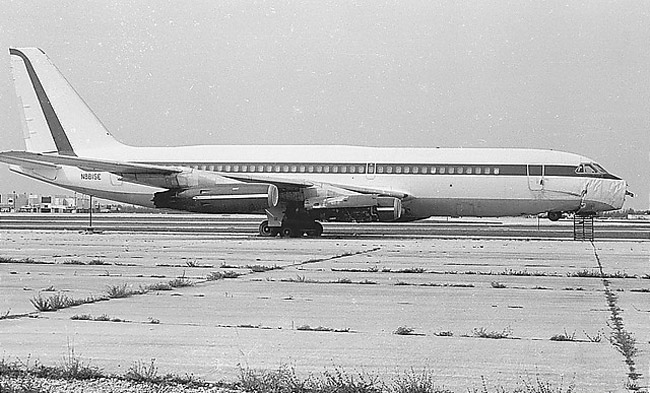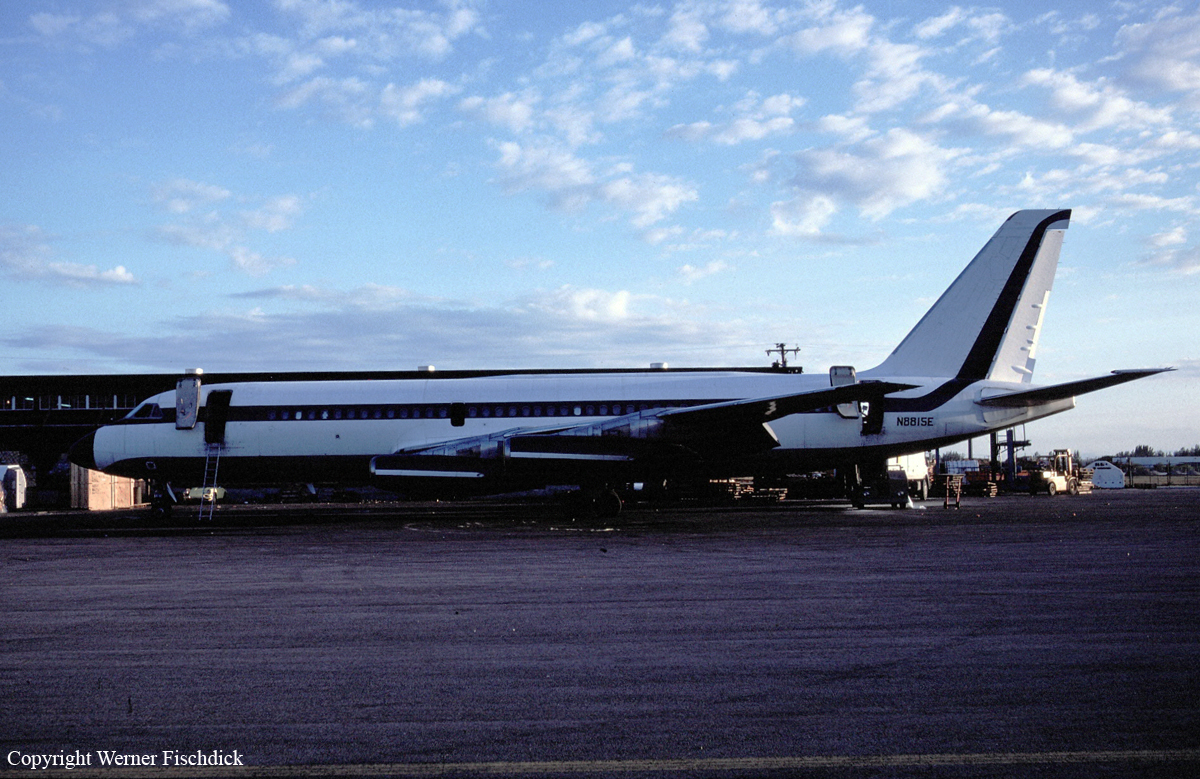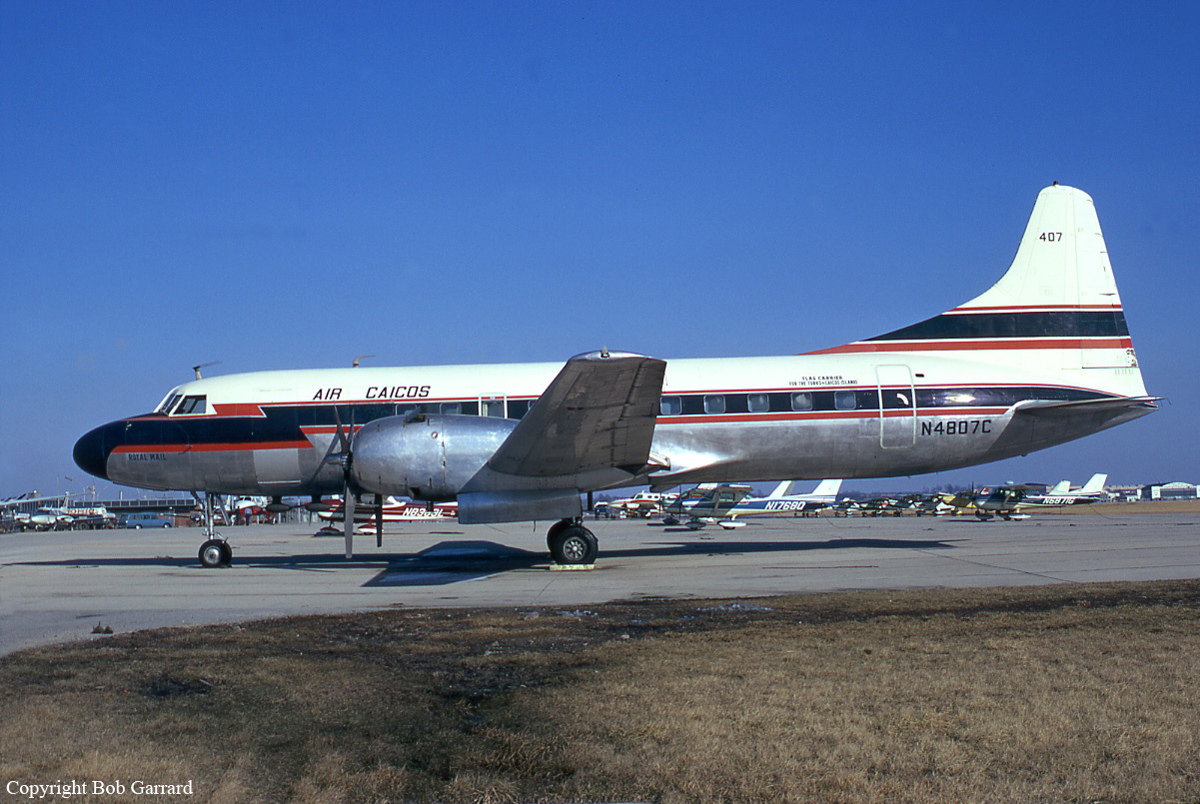Crash of a Rockwell Grand Commander 690A in Calumet: 2 killed
Date & Time:
May 27, 1978 at 1010 LT
Registration:
N299F
Survivors:
No
Schedule:
Oklahoma City - Colorado Springs
MSN:
690-11112
YOM:
1973
Crew on board:
2
Crew fatalities:
Pax on board:
0
Pax fatalities:
Other fatalities:
Total fatalities:
2
Captain / Total hours on type:
500.00
Circumstances:
Few minutes after takeoff from Oklahoma City Airport, from climb to cruise, the crew encountered bad weather condition with thunderstorm activity. In severe turbulences, the airplane suffered a general disintegration and crashed in Calumet. The aircraft was totally destroyed and both occupants were killed.
Probable cause:
In-flight airframe failure during climb to cruise due to inadequate preflight preparation. The following contributing factors were reported:
- Initiated flight in adverse weather conditions,
- Exceeded designed stress limits of aircraft,
- Airframe failure of wings spars,
- Airframe failure of flight control surfaces: horizontal stabilizer, attachments,
- Overload failure,
- Separation in flight,
- Low ceiling,
- Thunderstorm activity,
- General disintegration,
- Embedded thunderstorms.
- Initiated flight in adverse weather conditions,
- Exceeded designed stress limits of aircraft,
- Airframe failure of wings spars,
- Airframe failure of flight control surfaces: horizontal stabilizer, attachments,
- Overload failure,
- Separation in flight,
- Low ceiling,
- Thunderstorm activity,
- General disintegration,
- Embedded thunderstorms.
Final Report:






